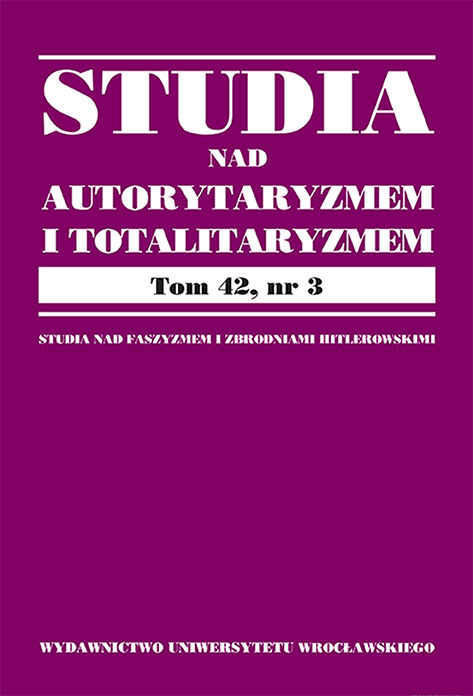

Articles

The exercise of competence in the field of adapting street names and public venues to the standards set out in the provisions of the Act of April 1, 2016 on the prohibition of promoting communism or other totalitarian system by the names of organisational units, commune auxiliary units, buildings, public utility facilities and devices and monuments requires assessment of the facts and subsumption made in the context of the interpretation of certain facts from the point of view of their symbolic meaning. Therefore, it can be concluded that public administration bodies take into account the category of a symbol, which in the context of the provisions on street renaming is a specific legal category. It is a category that determines the legality of actions taken both by the authority responsible for assigning a given name and by the authority supervising the application of these regulations. The provisions of the act also apply to the visual impact on public space and spaces with the status of public accessibility of monuments, or more precisely, the content of which these monuments are personified.
The analysis of the jurisprudence issued on the exercise of competences regulated by this Act leads to the identification of a number of contexts of the referent of the symbol in the case of assessing whether the name of the street or the values embodied by the monument symbolise communism or other totalitarian system. Thus, we can distinguish: the context of social awareness of the existence of the designate, the context of the date, the context of the person and the context of historical facts, as regards the designations of symbols of communism or other totalitarian system, which should be taken into account as premises for assessing the legality of the actions of administrative bodies in the context of their assessment facts, subsumption and imperative actions. Both the authorities exercising the competence to name streets and assessing the symbolism carried by monuments, as well as the authorities exercising the competence to assess the legality of the actions of the deciding authorities in this subject, should take into account the context-criteria indicated here as determinants of whether a given name or monument actually symbolises communism or other totalitarian regime.
An important issue is the “range” of influence coupled with the issue of symbol awareness. Thus, we can distinguish symbols identified in a broad social context and exclusive symbols — legible only to a narrow group of people. On the other hand, regardless of the territorial (local or universal) impact of a symbol as a phenomenon in the public space — there must be general agreement as to its symbolic meaning, or even universal awareness of this fact.